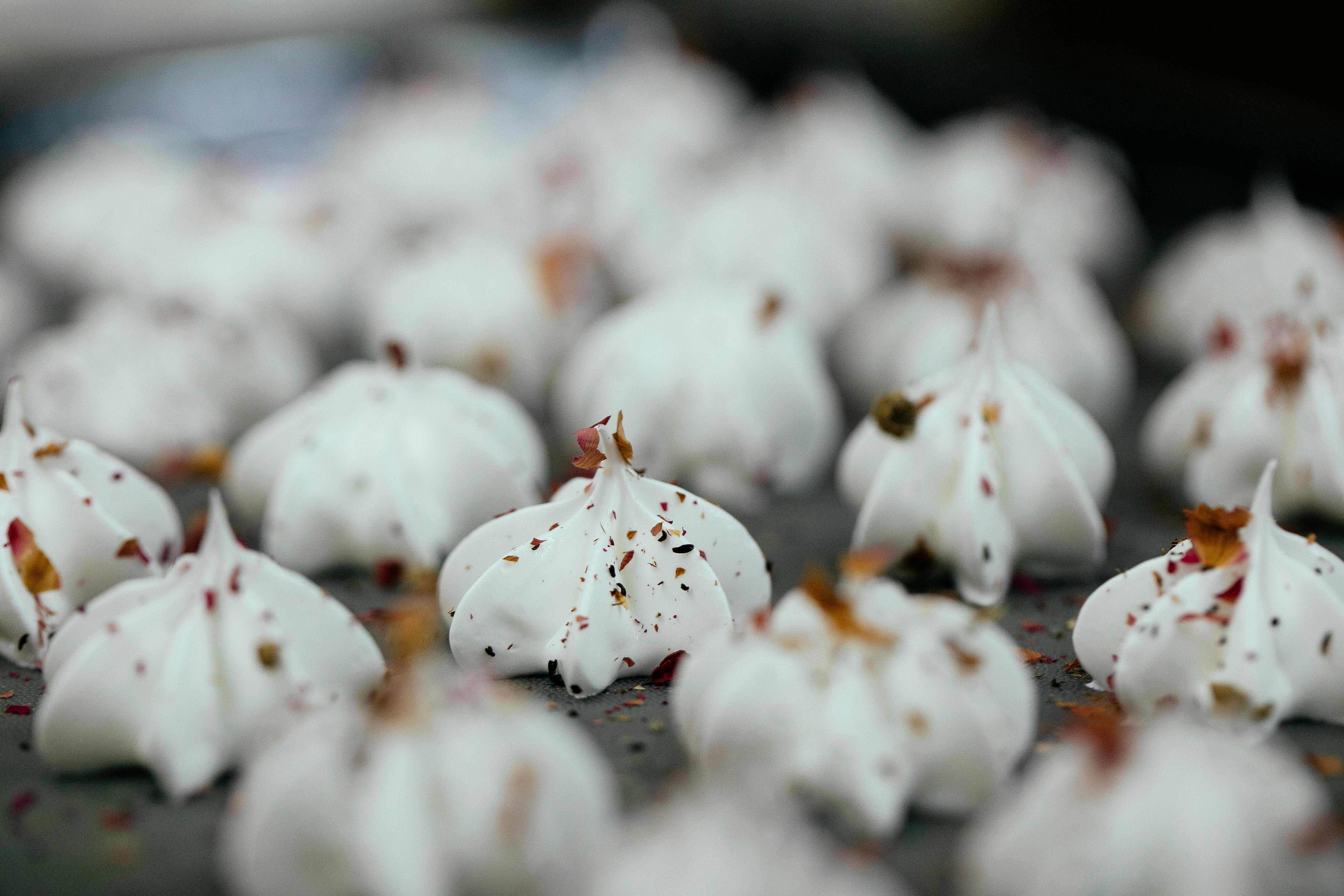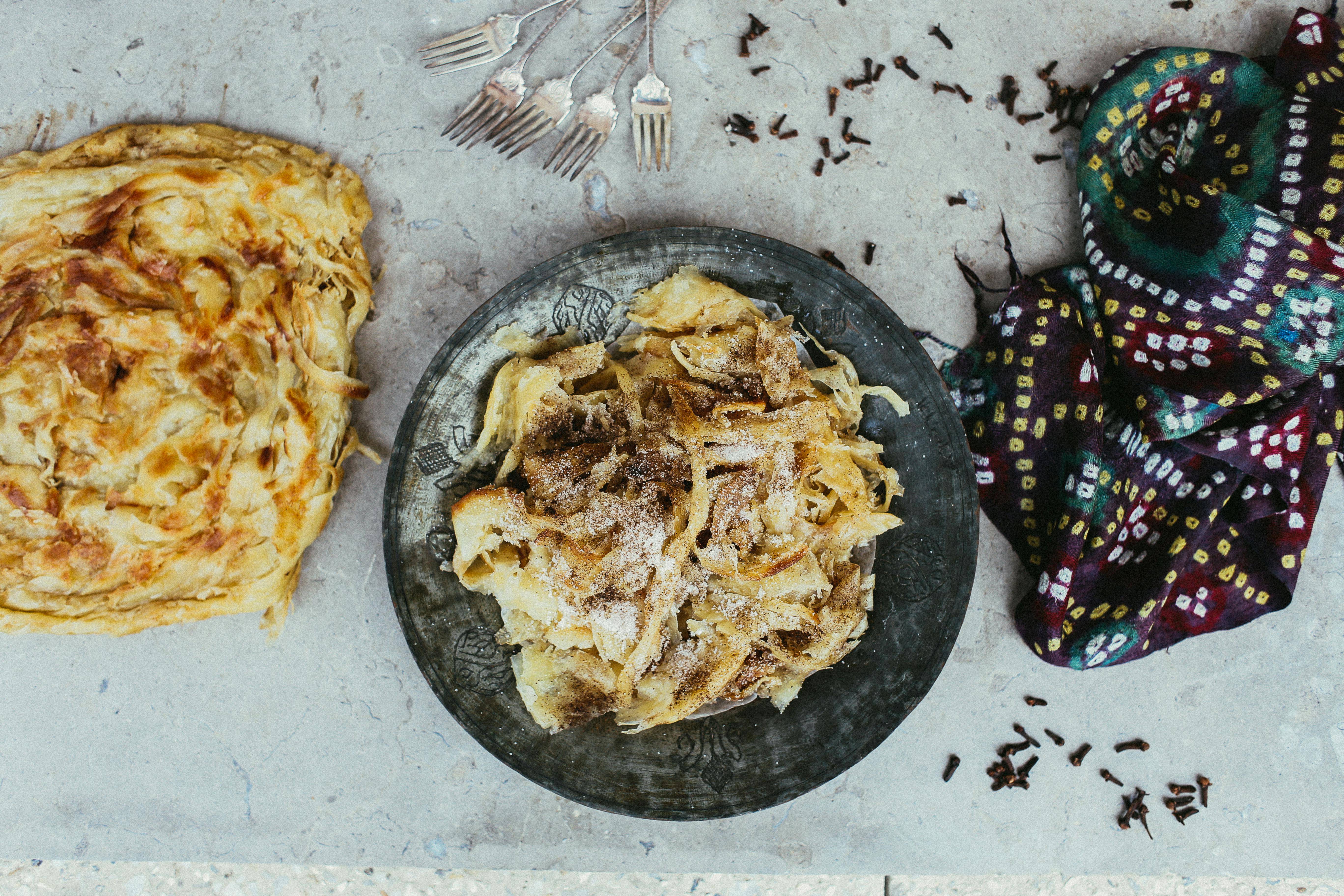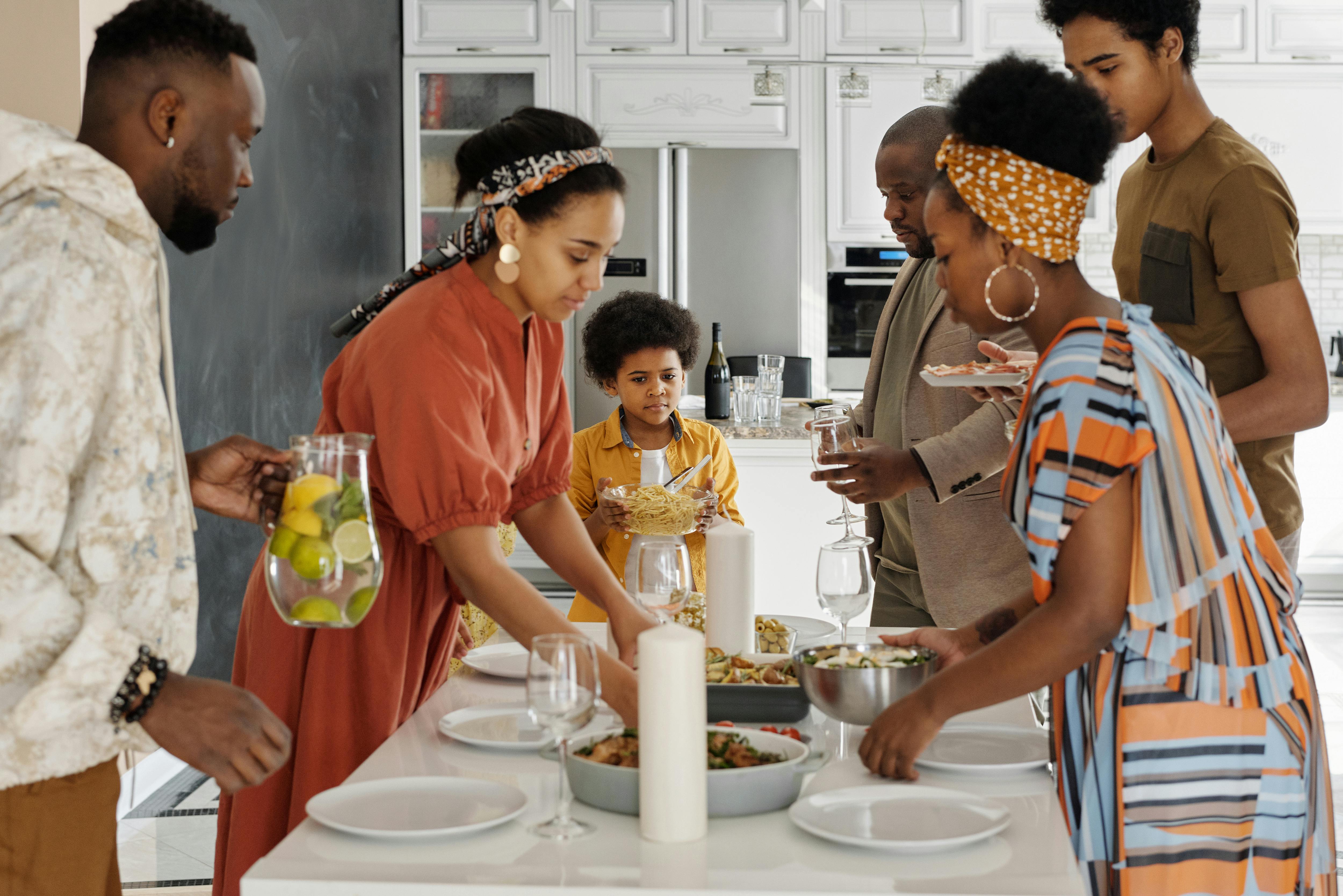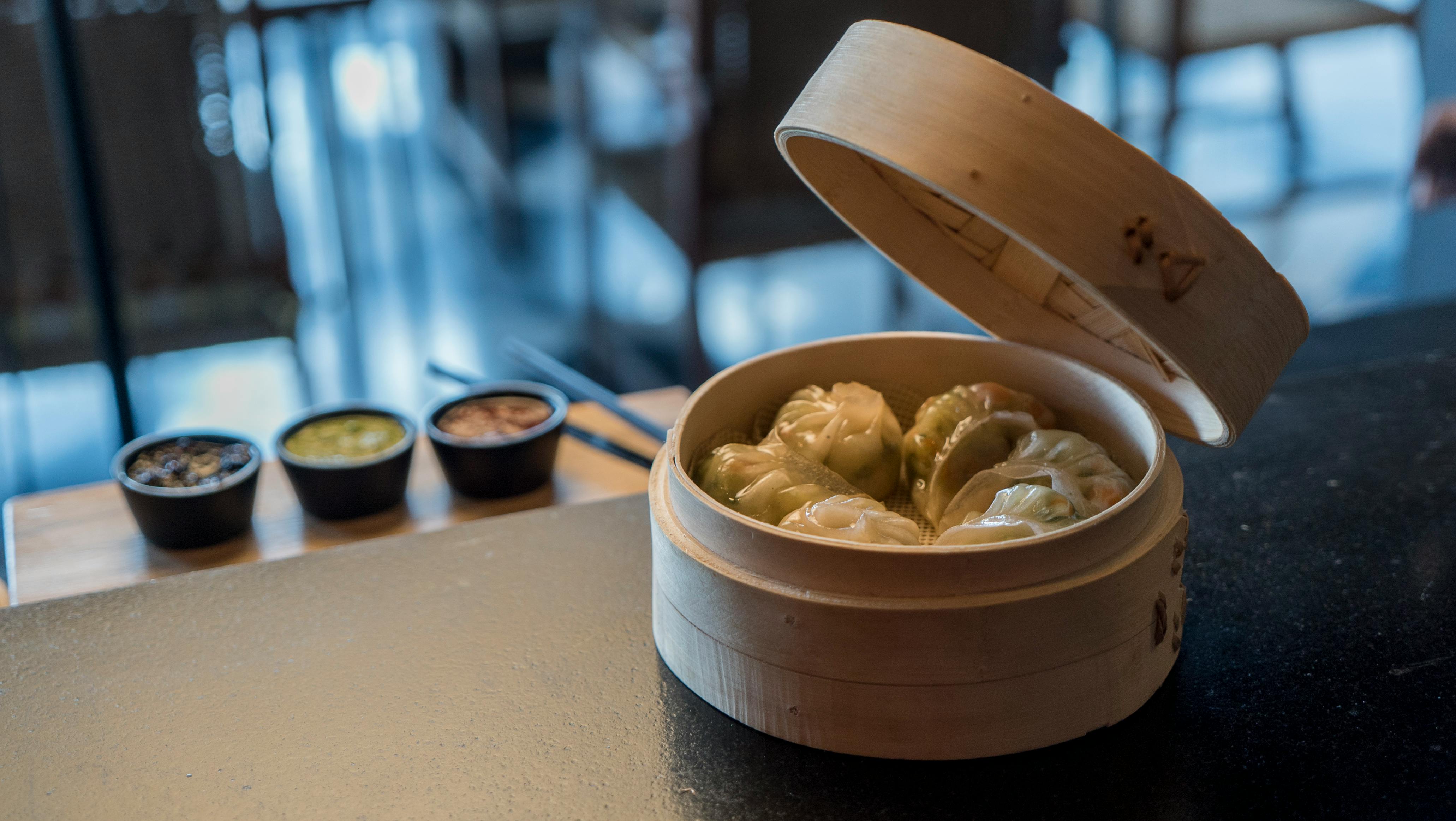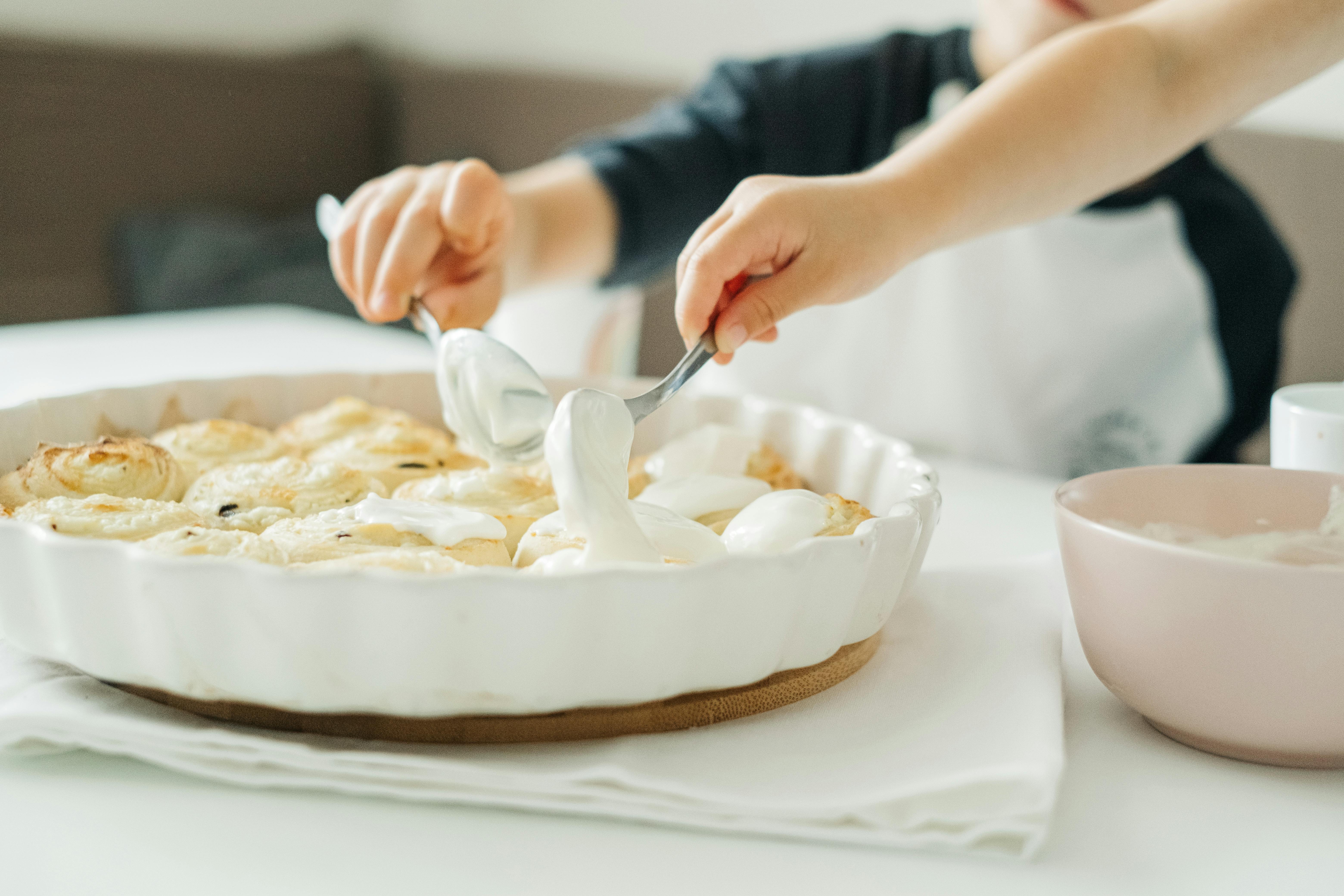You’ve found your perfect pet and now you’re ready for perhaps the most exciting step: bringing home a new puppy! Pause first: Are you prepared with the equipment and knowledge of the requirements for the successful introduction of your puppy into the home, for puppy care and training?
While entire books can be written on these topics, we will touch on some important issues and caveats here. It is quite true that “You never get a second chance to make a first impression!”
First consider the date and time to bring your puppy home. Given the choice, you should avoid hectic and confusing times, such as a birthday celebration or a holiday. You want to select a time when all members of the family can be present and the atmosphere can be as calm as this happy occasion allows.
When you get home, make sure you are NOT picking up the puppy. You want to encourage him and teach him to follow you inside. You do this with words and actions of encouragement, but NOT with food. It’s important that he or she sees you as a confident pack leader, not a food dispenser! Love is the best reward.
Make sure the puppy has relieved himself outside BEFORE you go inside. Also, consider where he puts it down, because puppies like to use the same area each time. So choose where you want it to go and place it there to start. When you finish your work, say “good pee” and “good potty” (or words of your choice).
Understand, too, that dogs tend to urinate to show insecurity or submission. This is most likely if you have another dog who is not thrilled with the new puppy. Also, if the other dog is overexcited, the pup is forced to pee!
BEFORE entering is also the time to introduce any other pets in the house, especially other dogs. Always introduce dogs on neutral territory, especially if the dogs are of the same sex. Introduce them OUTSIDE and not inside the house, which the older dog would consider his territory.
You’ll want to Bathe the puppy and dry it with your dog’s towel or a towel that you rub over your dog first. When the puppy smells like the others, they will be more receptive to him.
Make sure your children understand well in advance that dogs are NOT toys, but living creatures that deserve respect and feel pain just like any other person or animal. Children should be taken around the dogs to see how they react and to learn the proper way to treat dogs. Otherwise, children and dogs DO NOT MIX. Most dog bites happen to children, and for a reason!
So your children have acclimated to the dogs and have been instructed on the new puppy before you bring it home. Now what?
Two keys: (1) For the dog to see the child as a superior, have the child feed the dog and teach him how to make the dog wait. (2) Involve the child in training and do as much as the child is capable of doing. For example, even a two-year-old can tell the dog to put the ball down. We are talking about simple things.
Where to keep the puppy? Make sure you have a confined and established area for your puppy. Here he will feel safe and begin to understand the limits. He needs to always stay in a safe, confined space, until he learns to respect boundaries, and unless you are actively working with him at the time. Your belongings would thank you if they could, and you’ll love yourself for it!
Allow the puppy to be around other dogs and children only under supervision until it is clear that everyone is acclimated, comfortable with each other, and acting appropriately. Don’t panic if your other dog bites or even pins the pup to the ground, as this is a normal dog pack ritual in response to the pup’s brazen behavior. It’s part of establishing the pecking order of the pack and letting the pup know what the rules are.
Don’t punish the puppy for growling. Puppies growl when they play, growl protectively, and growl at children when they have had enough. It is instinctive and is a valuable warning. Without the growl, they could bite without warning. You don’t want to be put off by the warning!
During the first week the puppy is home, you’ll want to feed him the first few pieces of food on hand. This builds respect and lets you know that YOU own the food. This helps prevent the development of food insults.
Unless you want a persistent and annoying beggar, DO NOT feed the puppy from the table. If you want to give him a piece, wait until there is no activity in the kitchen and put it on his plate. If you feed him while you cook (which is tempting for most chefs), he’ll beg you every time you come in, and he might just stand up and trip you up. It is both a nuisance and a security issue.
On the puppy’s first few nights, take him outside to potty, then place him in a confined space. (Kennels are great for this.) Make sure he has water and DO NOT get carried away with his whining! The puppy is like a newborn baby. He will try to get your attention to get his way. But he will learn, and after about three nights, the whining should stop. Take it out only to go to the bathroom.
Know that young puppies, like babies, urinate frequently. An eight week old puppy will need to be taken outside every two hours. Otherwise, the puppy will learn to urinate in the house and make puppy training more difficult. Instinctively, he won’t want to mess where he sleeps, so a small sleeping space with a towel, blanket, cushion, or dog bed is most desirable.
Instead of going in there, he’ll learn to cry when he’s in need, and you should respond immediately by taking him outside. If you slow him down or leave him on the ground to walk on his own, his little bladder will leak (or flood).
It also helps to use kennel training early on. Cover the kennel with some sort of fabric (everything but the door) to make it more like a den. This decreases distractions and increases the pup’s sense of security, while also making the crate more attractive in your home. Also leave him two or three toys, but no more. Then he will learn to love her private space, to respect it and not mess it up unless he is in dire straits, and will generally be quiet except when you notify him that he needs to go to the bathroom.
So, now you have accomplished the first step with your new guy, bringing the puppy home. If you think well and present it correctly, you will have a very pleasant and rewarding experience. Congratulations!
